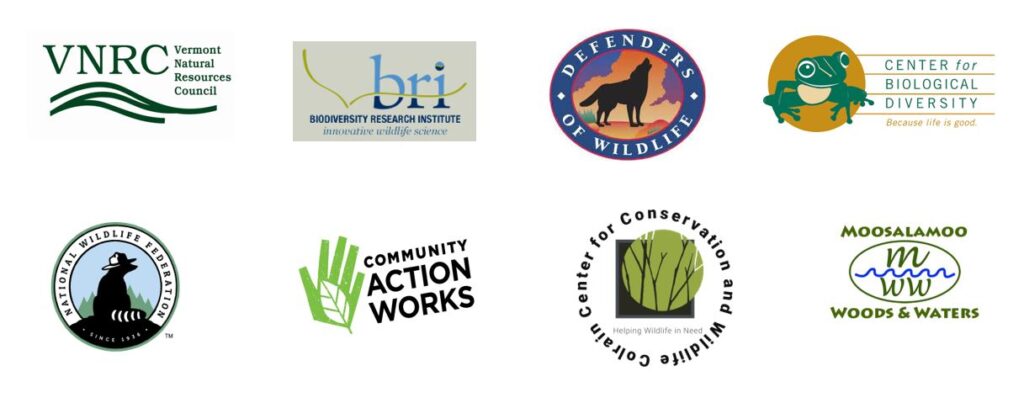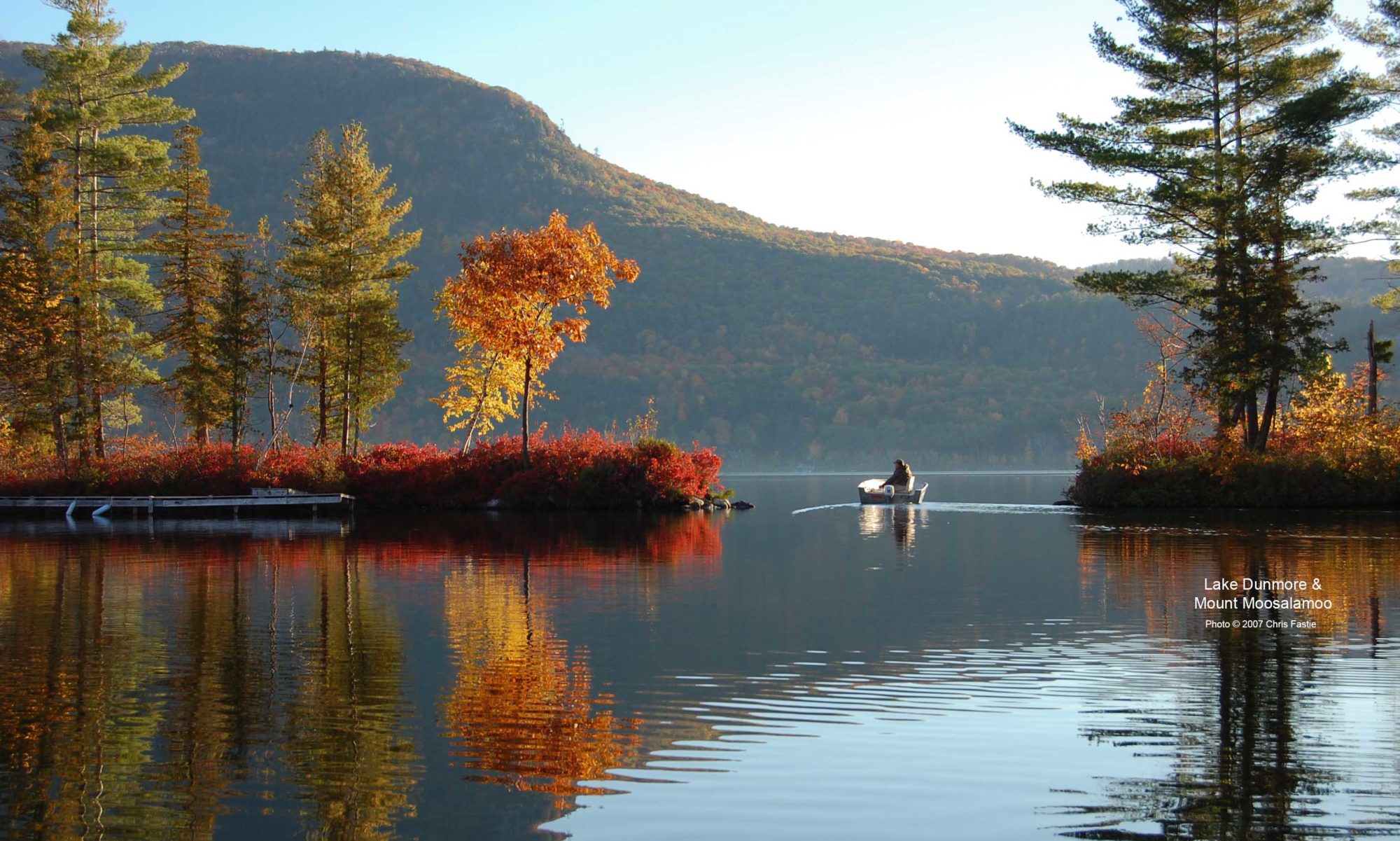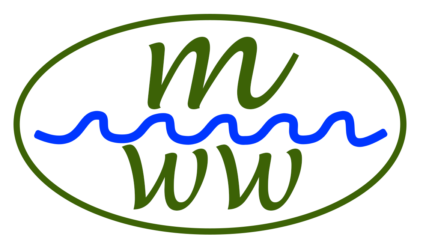Today, our Coalition submitted a letter to Julie Moore, Secretary of the Agency of Natural Resources. The four page letter presents our arguments that the Secretary should follow the recommendations of every independent scientist who has addressed the issue and require that BLSG apply for an incidental takings permit. You can see the letter here.
Our Coalition of wildlife conservation and environmental organizations is growing. We welcome Defenders of Wildlife which recently created a big win for bats when a federal judge ordered the U.S. Fish and Wildlife Service to determine whether the northern long-eared bat warrants listing as an endangered species. Jane Davenport, a senior attorney with Defenders of Wildlife, led this case and is supportive of our efforts to protect state- and federally listed bats in Vermont. Thank you to Jane Davenport and to all the members of our Coalition for recognizing the importance of these efforts to reduce the risk to bats from BLSG’s activities. This Coalition originally submitted the Arrowwood Report to the Agency of Natural Resources 18 months ago and has been patient and supportive since then.

Below are four quotes from our letter, one related to each of the main points presented.
There is a strong scientific consensus that BLSG poses an unlawful risk to listed bats: “The record, however, is devoid of anything suggesting that the District’s pesticide spraying activities do not pose a risk to the five bat species. Rather, the record reflects a credible, expert scientific report—reviewed by independent, respected bat biologists familiar with both the particular species and the area at issue. This report, as it turns out, shows that the spraying activities do pose a risk to the five bat species.”
Not only the Vermont Endangered Species Act, but also the Pesticide General Permit (PGP) requires that BLSG have a takings permit: “Like the preventative language under Vermont’s Protection of Endangered Species Act, the plain language of the PGP is equally clear. And importantly, based on the findings and conclusions of the Arrowwood Report, the Mammal SAG, and the Committee, given the scientific consensus that the District’s chemical pesticide spraying program is likely to result in a “take” under Vermont law, the District cannot lawfully be allowed to discharge pesticides”
There is one good solution to this problem: “An incidental takings permit designed by the Agency and the Department is an established procedure and straightforward solution. Indeed, the incidental takings permit process is designed for situations exactly like the one here. There is no other agency, department, regulation, or permit that is authorized or is capable of effectively reducing or eliminating this risk to endangered bats.”
Vermont should continue to lead the nation on environmental issues: “Vermont has been regularly ahead of the curve—standing as a beacon of integrity, hope, and progressive example to its fellow states and the nation. In objective terms this is a simple issue with a straight-forward solution if the Agency’s commitment to science-led decision-making and environmental leadership, and the recommendations of the Committee, are followed.”

